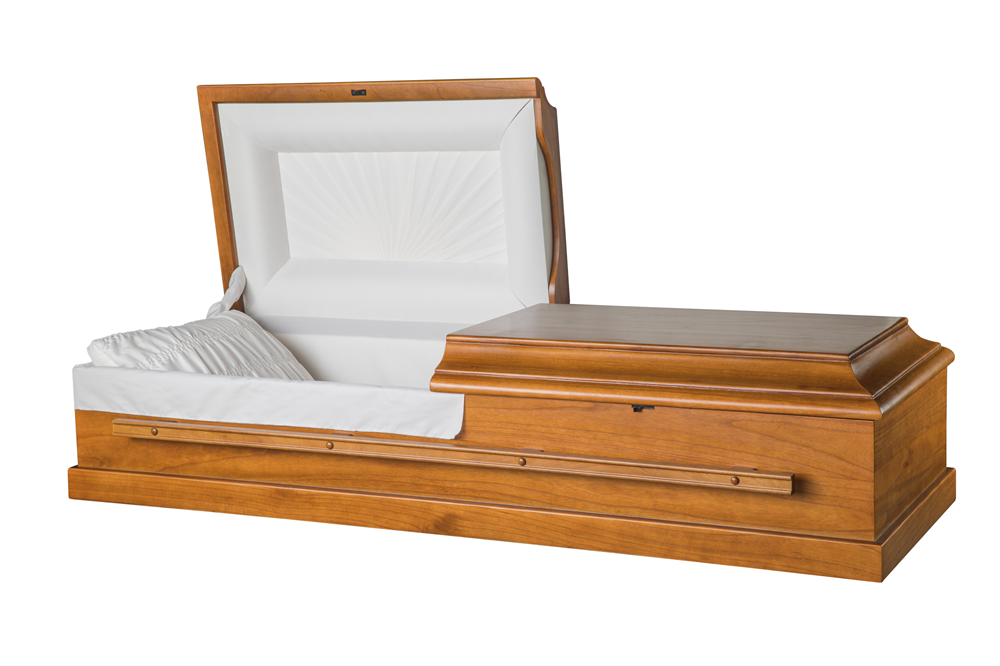It’s not easy to talk about death, however the planning of funerals and burials for our loved ones can be an excellent way to remember them. One of the initial decisions to make is where to place the body of the deceased. This article delves into the realm of caskets, coffins and urns as well as headstones, offering insights and unique considerations to guide you through this process.

Caskets and Coffins: What’s the difference?
Sometimes, they are used interchangeably. Caskets and coffins are distinguished by subtle differences. Caskets are generally rectangular with an elongated, squarer design and lids with hinges that allow to view either fully or partially. They are available in a wide range of materials such as metal, wood or even bio-degradable options, and can be adorned with intricate designs. Coffins are simpler and have the appearance of a narrower, tapered shape at the foot, however they have wider shoulders. The lids are typically flat and are easily removed.
While the function is similar, caskets usually come with a more modern and refined significance. Caskets, on the other on the other hand, are a part of the past. They are often seen in gothic films, horror novels, or even in horror literature.
The Right Casket A Journey Through Options
Casket offers a surprising array of choices. The material you choose will have a major influence on the price. Solid hardwoods such as mahogany and walnut have a timeless appeal and metal caskets are a great choice for the durability. For people who are environmentally conscious organic options such as bamboo or wicker have become increasingly popular.
Personalization is an additional aspect. Take into consideration the interests and personality of the deceased. A themed casket with animal themes or musical instrument logos or even the favorite sports team’s logo is an unusual way to mark their life.
Investigate Urn Options Beyond the Box
For those who choose cremation, urns offer a stunning and elegant method to store the cremated remains. The generic urn is a thing of the past. Urns come in a wide range of shapes, sizes, and materials.
The biodegradable urns made of recycled paper, or even ones which are adorned with tree seeds could be soothing to those who are nature-lovers. Ceramic sculptures, handblown glass pieces, or personalized portraits are all examples for artful Urns. They can be a truly unique memorial.
Headstones They are a Canvas for Memories
Headstones serve a dual purpose to mark the grave site and a lasting memorial. There are headstones to suit every taste and budget starting from basic granite slabs, to more elaborate monuments.
Consider the cemetery’s regulations before finalizing a design. Certain cemeteries may have restrictions on size, materials or the language used.
Personalization is best seen in the words. A few simple, meaningful, inspirational poems or quotes and an outline of life’s major events could be used to convey a message to future generations.
Take a look at the standard and think about the possibility of something completely new
Although tradition is important, looking at alternative options could be a beautiful way to honor your individuality.
Consider “green burials”, which use biodegradable caskets or shrouds that are constructed from natural materials. The burials of reefs, in which cremated ashes are integrated into artificial reefs, offer an unique opportunity to give to the ecosystem.
For those seeking a more artistic look, custom headstones can incorporate photographs, etched portraits, or even QR codes that link to memorials on the internet.
At the end of the day, it’s your choice as to which caskets, coffins urns, or headstones you decide to use. You can design a suitable final resting place for the deceased by knowing the options available and taking into consideration the wishes of the deceased.